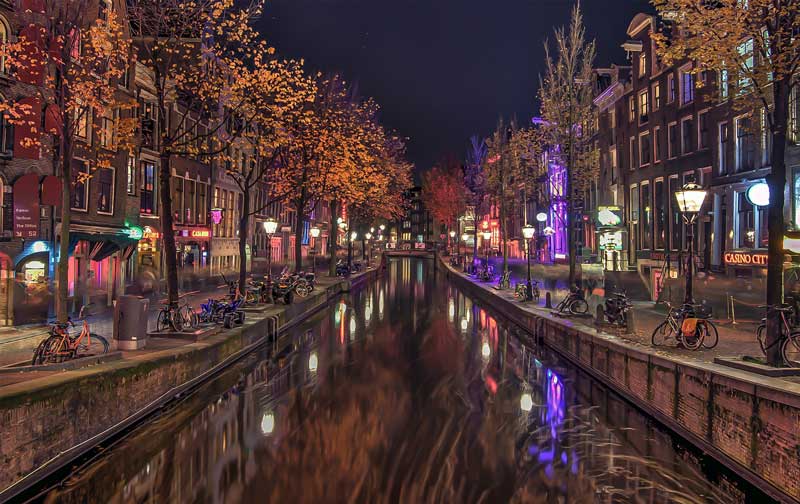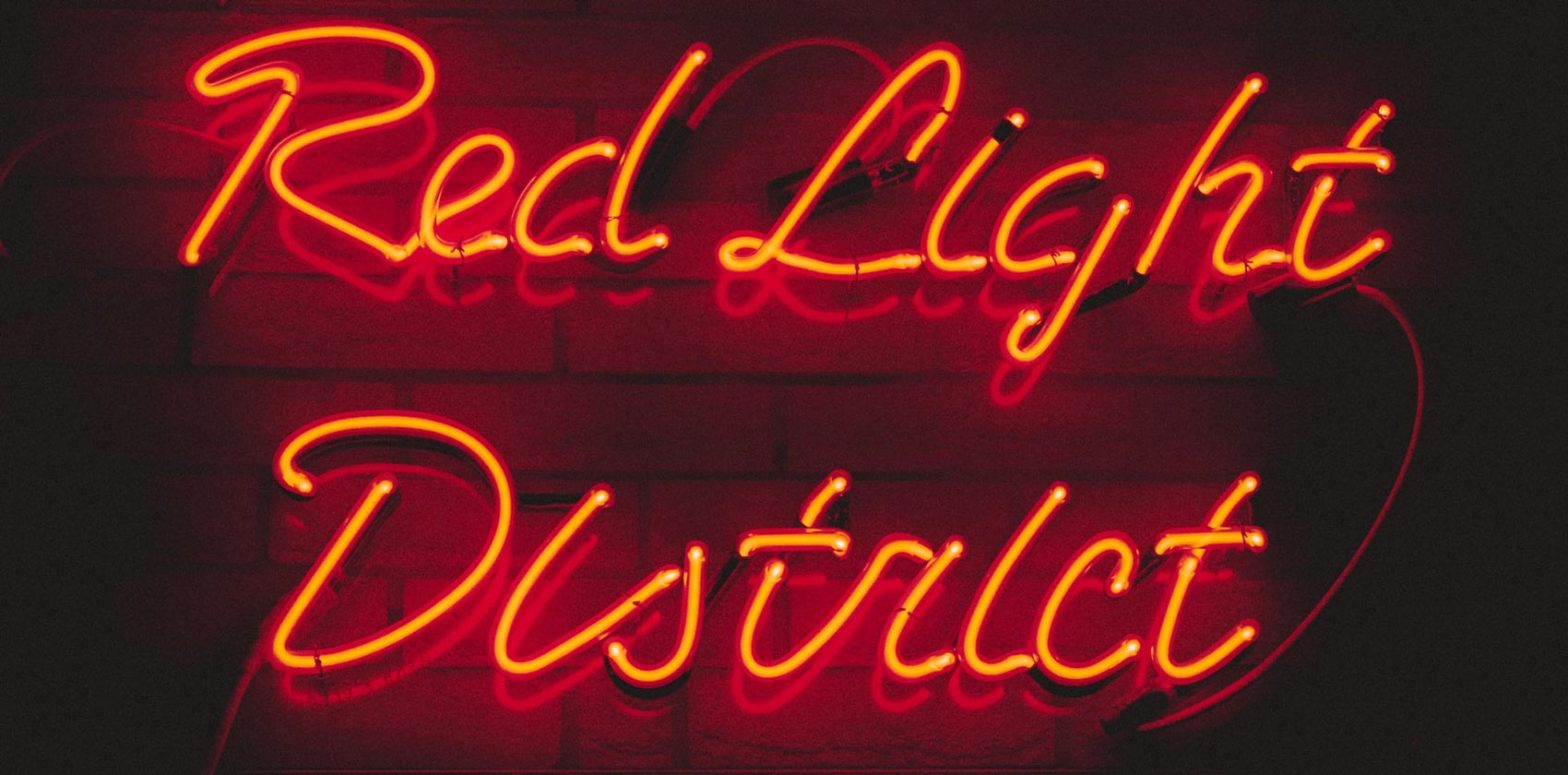In one of the world’s busiest tourism hubs – Amsterdam – the sex work and party scene has prevailed, however, city officials want to change that. In an effort to shift what the popular neighborhood of De Wallen is known for, the city’s officials are proposing policies to combat overcrowding and “to limit tourism growth and nuisance.” Dubbed the “stay away” campaign, the new initiative focuses on “actively discouraging international visitors with plans to ‘go wild’ in Amsterdam.”
The campaign’s intention is to improve livability and safety for residents, according to CNN. Details of the proposal include limiting the number of river cruises and banning cannabis smoking in certain parts of the city. Additionally, city officials want to implement earlier closing times for bars, clubs, and window brothels.
“Some businesses misuse Amsterdam’s image to sell it as a place of ‘unlimited possibilities,'” Deputy Mayor Sofyan Mbarki said in a statement. “As a result, some groups of visitors think of it as a city where anything goes. This kind of tourism, as well as offerings specifically targeting these groups, is not considered desirable by the Municipal Executive.”
Announced on November 30, the policy is part of a broader initiative to address mass tourism. While it may not be good news for tourists, some in Amsterdam’s tourism sector are in favor of the new policy.
“We should get rid of the image of sex, drugs, and rock and roll,” says Remco Groenhuijzen, general manager of the Mövenpick Hotel Amsterdam City Center. “It’s not bad that we have a city that’s a little bit on the edge. But that’s not a free [pass] to come here and misbehave.”

Issue of Overcrowding Persists
In 2023, Amsterdam tourism may exceed 18 million overnight visitors — nearly 22 times larger than its population of approximately 822,000, CNN reports. By 2025, numbers could reach 23 million, in addition to another 24 to 25 million day visitors. Once the number of overnight visitors reaches 18 million, the city council is “obliged to intervene” based on a 2021 ordinance called “Amsterdam Tourism in Balance.”
Geerte Udo, director of the city’s public-private marketing nonprofit Amsterdam & Partners, describes the tourism reboot as a multi-layered approach to specifically target certain groups of visitors.
Instead of travelers coming for its brothels and cannabis cafes, the city wants visitors to appreciate its heritage, architecture, and culture.
When speaking on the plans, Udo intentionally avoids using the term “Red Light District.”
“It’s now become sort of a theme park name for a neighborhood,” she explains. “And if we … want to change the perception, you should not keep talking about the Red Light District if you prefer the red lights to go out.”
The Future of the Red Light District
While one of the city’s most popular attractions hangs in the balance, for now, business carries on as usual.
“[Government] just wants to regress everything, move it away, get all these fancy houses back to rich people,” says Linda Nap, an employee of a sex accessories shop in De Wallen.
Nap believes such measures will strip the neighborhood of its unique spirit, which has been thriving for centuries. While she understands the frustrations surrounding overcrowding and noise among residents, she contends that the realities of living in the neighborhood have always been highly visible.
“[The sex industry] has been here since the 1600s — people don’t come here only for the canals and tulips,” Nap says. “Leave it be. If you have a problem, then move somewhere else.”
Related: Amsterdam’s Infamous Red-Light District Could Be Coming To An End
